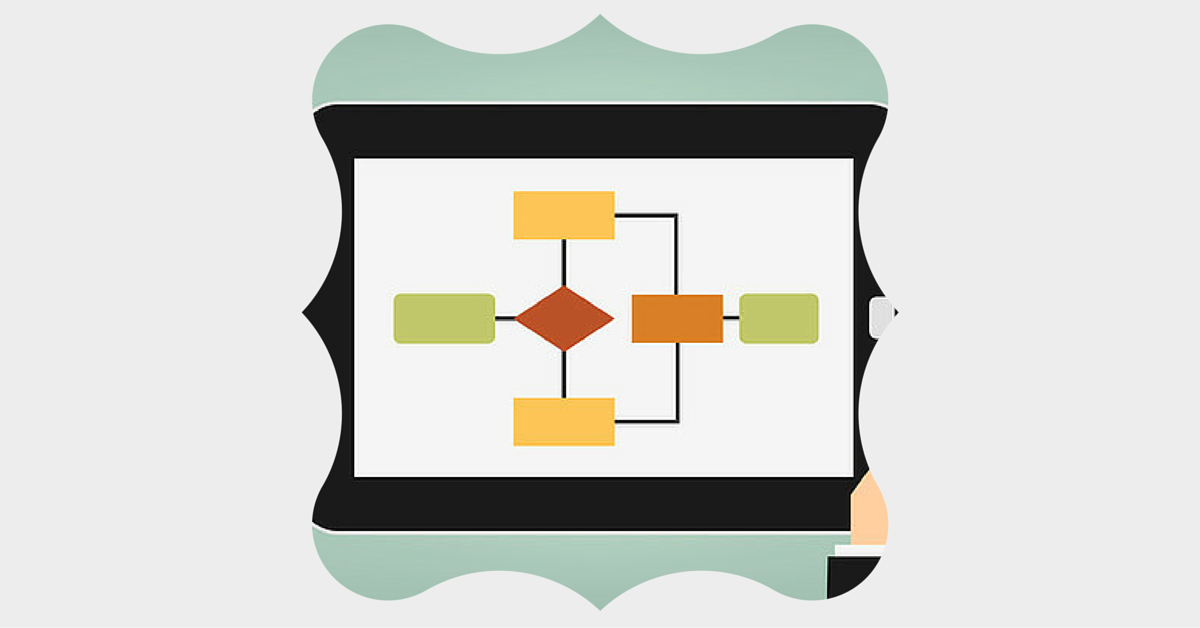Assignments take the learning to a deeper level. If you want learners to internalize their newly acquired information, develop assignments that encourage them to reflect and synthesize. Adult learners bring with them amazing experiences and knowledge.
Consider each learner, a unique reservoir of knowledge, ready to mix the new with the known. The result of this synthesis is believing, attitude sharing and transformation. Think how potent this learning becomes, when assignments are graded by peers.
Assignments reinforce learning goals
As a trainer or a course moderator, be prepared to review a kaleidoscope of experiences and knowledge put down in a single assignment. Assignments reinforce learning and development goals. They clarify complex concepts by articulating observations and learning with real-world context. Assignments create meaningful learning experiences. The trick here is to create the right assignments’ questions.
Ever come across an assignment that simply makes you repeat the module, in your own words? Or ever attempted an assignment that makes you look for resources beyond the course? Both scenarios confirm a bad assignment design. Why do you think assignments like these did not work?
Assignments are to be linked strictly with the course learning goals. Learning goals and their sub-goals act as perfect criteria for evaluating the assignment.
Design an assignment that requests a demonstration of each learning goal. Allocate points to each learning goal and accumulate them for grading the assignment. What have we accomplished through this exercise? We ensured that learners are clear on why they are working on the assignment. We ensured that learners know how to apply the learning goals in a problem situation provided in the assignment. We also ensured that learning goals are achieved in the assignment.
Consider asking yourself the following questions before developing assignments:
- Why are you giving your learners this assignment? What is its purpose?
- What learning goals are associated with the assignment?
- What are the components of the learning goal (can each component yield a separate assignment or can one assignment cover all learning goals).
- Make sure you write down all learning goals associated with the assignment.
- In a Technical Writing training course, you may have a goal that says “Formulate a well-organized argument supported by evidence”. The components of this goal include:
- Demonstrate in depth and wide understanding
- Present information in a clear and organized way
- Incorporate a variety of sources of evidence
- Use accurate grammar and mechanics
- Use learning goals and their components as a criteria for assessment.
- What should the completed assignment look like? What should be included and what format is acceptable?
- What skills and knowledge as well as attitude change do you want learners to demonstrate?
- How much time will be devoted to the assignment?
- What readings, resources and technologies are learners expected to use?
- Is collaboration and group work allowed?
- As a trainer, what type of assistance you provide? For example, will the assignment be submitted as drafts improved through feedbacks?
- Use concrete verbs from Bloom’s Taxonomy to describe the tasks:
- Knowledge: define, describe, know, indicate, restate, show, select.
- Comprehension: choose, cite, convert, select, distinguish, estimate, and give examples.
- Application: Act, administer, apply, change, facilitate, illustrate, modify.
- Analysis: analyze, appraise, assess, break down, differentiate, infer, inspect, discriminate,
- Synthesis: construct, create, design, develop, establish, explain, formulate, generate.
- Evaluation: assess, collaborate, compare, conclude, contrast, and criticize.
- By identifying the components of a learning goal, you can describe the assignment or a problem scenario more clearly. You can create worthwhile and meaningful learning experiences. You also set clear expectations from the course and the learner. As a result, the teaching and learning process become transparent. Learners are confident about their learning and take more responsibility for their achievements.
Determine the grading weight of the assignment
After developing an assignment using the check list above, the next step is to determine the grading weight of the assignment. The best way to create a common understanding for grading an assignment is to create a grading rubric that will be used to evaluate the assignment. Distribute grades according to the degree of excellence demonstrated in the assignment.
What is the criteria for “Excellent”? Definitely clear evidence of all learning goal components of the assignment. What is the criteria for “Good”, “Fair” and “Satisfactory”? Each degree of performance reflects the degree of learning goals achieved in the assignment. With this grade allocation exercise, you can be assured that you have linked your assignment with learning goals.
Conclusion
Assignments are tricky to create but with the aid of the checklist in this article, you can be confident in your design. Assignments that are challenging and demand exploration beyond the scope of the course add excitement. Connect the assignment at a personal level with the learner, by asking their opinion and how they would do things differently.
Collaborative assignments are a great way to establish teams and leadership skills in online learners. Case studies and vignettes connect assignments to real-world situations thereby encouraging transfer of learning to performance context. Successful assignment development leads to learning goal achievement, provided both are linked strongly.
| Tags: Learning Goals & Objectives



